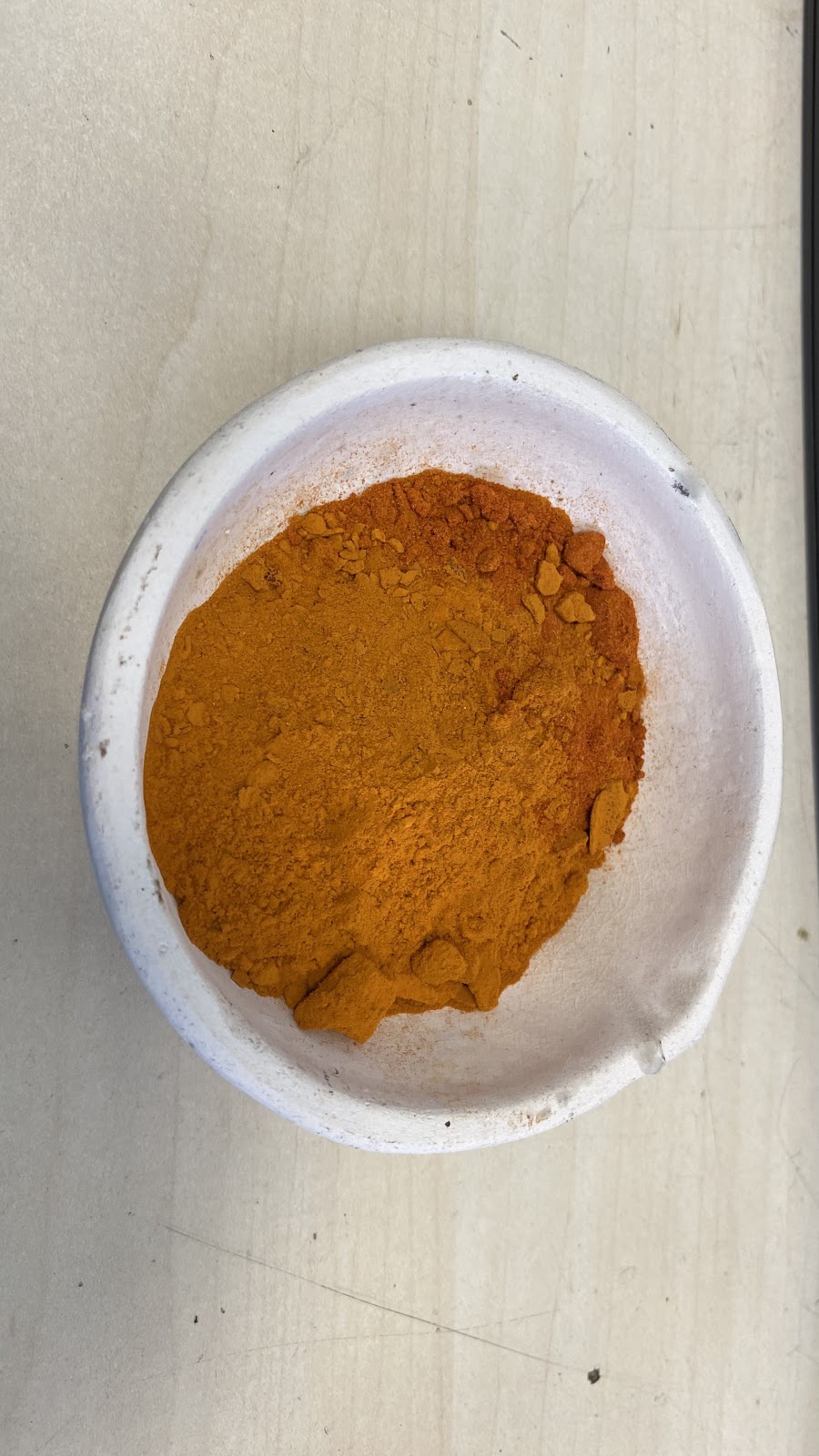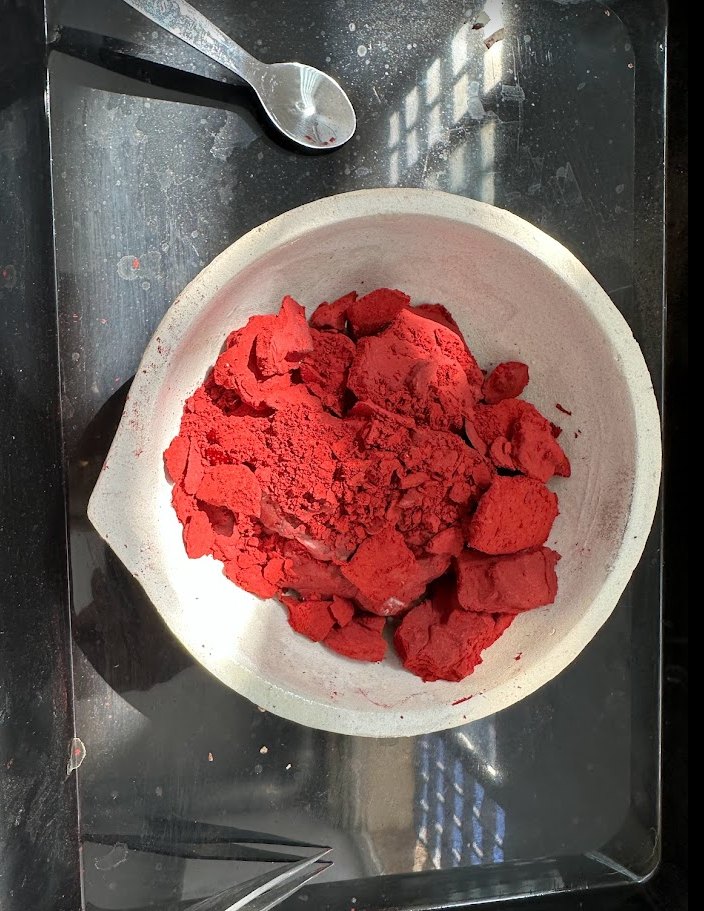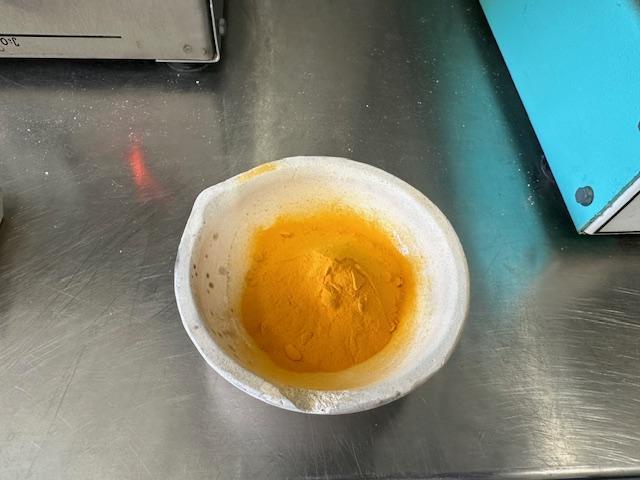More specifically Sodium Hypochlorite.Chlorox is Hypochlorite
Anything else you want to inform us about?

More specifically Sodium Hypochlorite.Chlorox is Hypochlorite
and followed that up by saying this,I precipitate PGM's and base metals out of Aqua Regia with an Alloy of Aluminum and Magnesium, then I selectively leach different base metals out
The 2 processes you have mentioned will produce different, if not questionable results. I am afraid that anyone trying to follow this thread will be thrown off without clarification.In my experience, I find Palladium chloride and Silver chloride co-precipitate when you add Salt to the Aqua Regia
While I do not understand the mechanism for just table salt dropping the Palladium I will concur that Silver Chloride is notorious for dragging down other metals with it and possibly, in your case, Palladium is dragged down.Now filter the Silver Chloride out of the Aqua Regia Solution, and wash this with clean water until the water becomes clear. Now Filter the water away. Leach the water-free Silver Chloride with Hydrochloric acid/ Chlorox , you will find that the leach will turn orange, meaning that Palladium is extracted from the Silver Chloride.
maybe you mean that they co-precipitate when you add salt to the solution of Pd and Ag in nitric acid (not in AR). I seem to remember that it also happened to me on one occasion.in my experience, I find Paladium chloride and Silver chloride co-precipitate when you add Salt to the Aqua Regia


Is better to chase the platinum from two solutions than the gold. If you inquart the gold too much below 25% then it too will follow the silver into solution. Inquarting with copper is gods way of punishing the cheap for being lazy. I tell my people all the time that procedure is written in order for a reason. Until and unless you understand why it is in the order as written it is best to not adjust unless you want to have a mess on your hands. This green solution is a mess and it is going to fight you for the value it contains. I know I will catch hell for this but if you are inquarting with copper then you are wrong. If you have to do it so be it, but its more expensive and will waste more material in the end. If your pgms will follow silver into solution, then why would they not follow copper?The classic assay books tell you in order to get all of the PGM's away from the Gold you should inquart with Silver at 10 times the Platinum content to allow it all to follow the Silver. That also implies making the Gold 25% or less. But the texts do specify this will cause all of the Platinum to migrate over. But if your parting has less than 10 times the Silver as Platinum there will be Platinum on both sides of the equation, meaning some Platinum remaining with the Gold and some Platinum following the silver. From a practical refining method, chasing PGM's two different ways is not efficient.
The inquartation with Silver to allow all of the Platinum to follow the Silver is only a reasonable option if @100tific has a Silver cell operating to recover the Platinum after cementing the Silver and any PGM's with copper and running it in a cell.
The aqua regia option would be my choice after lowering the Silver content below 9-10% with copper. The gold should be dropped first and with that much copper added it will not come down clean. It will need a second aqua regia refine.
Wether or not the copper causes issues with dropping PGM's completely if the copper completely dissolved it should not as cementation works on metallic copper. If it were me, I would cement the PGM's on copper, and a clean copper slab would work for this as well. Then, once the original solution is barren of values, the insolubles should be filtered and digested in aqua regia and the Platinum recovered either by ammonium chloride or cementing with sparing additions of copper powder.
As far as the Jahn-Teller effect is concerned it is commonly seen in transition metal complexes so copper does apply. The exact effect the Jahn-Teller effect will have on this particular reaction is subject for debate, there are so many variables that present themselves in acid refining that determining that would be a difficult process. Seeing as you have an alloy and apparently a customer or boss that wants to see the refined metal to sell it, I think the Jahn-Teller effect is a wormhole that may absorb your efforts for a very long time. On the bright side, your research may re-define refining as we know it and your efforts may result in a Nobel prize. Considering Nobel prizes in chemistry are awarded overwhelmingly to men, I would be happy to see it!
Sodium chloride in AR should not participate silver chloride under any circumstances. It would be created from the chloride in the hcl alone.In what form does the Pd precipitate?
Absolutely true.Sodium chloride in AR should not participate silver chloride under any circumstances. It would be created from the chloride in the hcl alone.
Palladium co-precipitation was also my first bet.I should point out that you really should not be drying the ammonium hexachloroplatinate like that. It is best to always handle it damp, with full PPE and preferably in a filter box. Then take a shower after!
That admonition aside, the color of the ammonium hexachloroplatinate you have shown and talked about indicates contamination. It's highly suggested to either dissolve the salt in aqua regia (or otherwise remove the ammonium cation) and complete a hydrolytic refining from oxidizing conditions, as described in 4metals other thread titled Bromate Hydrolysis. You do not need to use bromate, chlorine and caustic soda are use industrially. Bromate just happens to give a better result.
the iridate salt, which comes down substantially completely with the platinum from highly oxidized solutions, will darken your platinum precipitate orange to red. Palladium can also do this, and is far more likely.
With amounts of platinum and palladium in material, I would suggest (as other experienced members suggested) to go for the gold and accumulate PGM residue for later processing. Working with PGMs is much more complex and tedious task, and it is best to combine the leftovers from multiple runs to save time and your sanitymaybe you mean that they co-precipitate when you add salt to the solution of Pd and Ag in nitric acid (not in AR). I seem to remember that it also happened to me on one occasion.
thank you very much kurt and 4metals.
There were some things I didn't know like not using AR if PGMs are not the main metal, or that PGMs don't precipitate well in dilute solutions. Also the silver 10 times higher than the Pt so that it drags everything towards the silver part.
You are not aware of what a tremendous pleasure it is to read and learn from you.
I will reconsider everything you have told me and see again what path to take.
I come across platinum tunings more often than I would like and sometimes I don't understand why sometimes it turns out well and other times not so much.
So thanks again for providing your vision.
I take this opportunity to ask another question. I have noticed that sometimes the precipitate after adding ammonium chloride is yellow, other times orange, and even once I recovered it from a solution that had iridium it came out red. From what I have read, this depends on the temperature at which it is formed. But as I understand it, iridium precipitates black. The red I got was carmine red, it didn't look like a mixture of the orange powder and black. I leave a photo of the normal one, and that red that I tell you about. In case you can provide some valuable information through your experience.
Thanks guys



all images are ammonium hexachloroplatinate